Using an effective tick repellent is an important layer of protection against ticks.
It’s tick season which means we need to take precautions and be aware of the risks. The best ways to protect yourself against tick bites and tick borne illnesses are to cover up, use an insect repellent that repels ticks, and do frequent tick checks (and remove ticks as soon as possible if you’ve been bitten).
Tick repellent is just one layer of protection. For more ways to avoid tick bites, see my story: 10 tick safety tips for hikers.
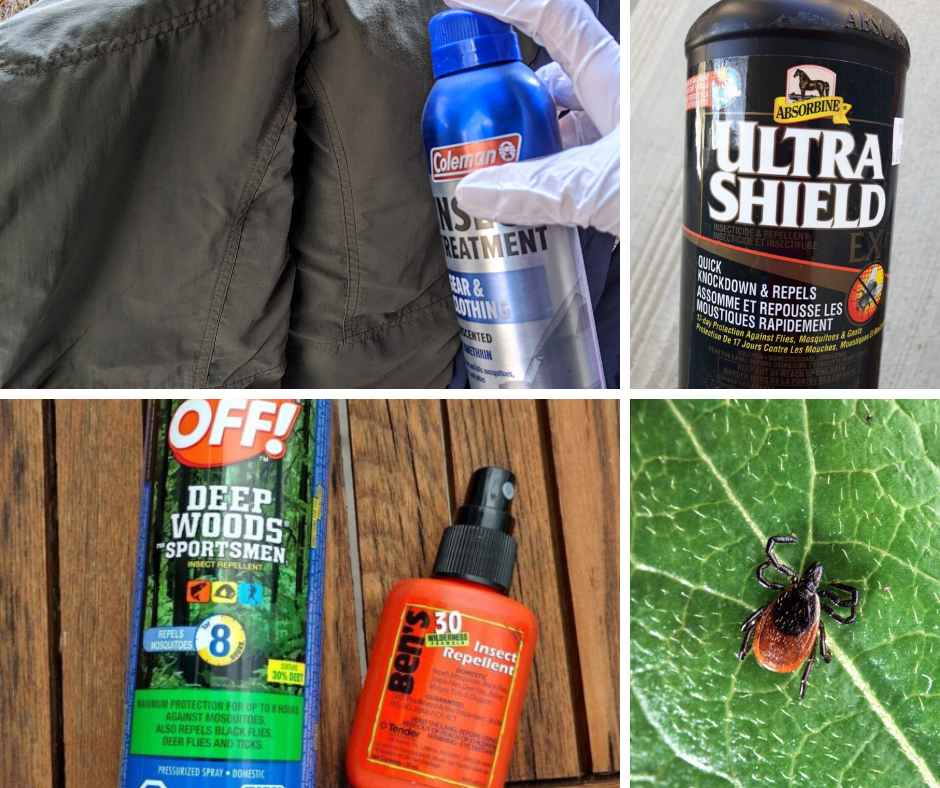
Table of Contents
Effective Tick Repellents & Application
Disclosure: This post contains Amazon Affiliate links. I may earn a commission on purchases made through these links at no extra cost to you. Thank you for supporting our family business!
For the best protection against ticks, you must do two things: 1) spray exposed skin with insect repellent containing 20-30% DEET, 20% icaridin, or 20% IR3535; and 2) pre-treat your clothing, backpack, and footwear with tick repellent containing 0.5% permethrin1.
If you are unable to pre-treat clothes and gear with permethrin, apply DEET / icaridin / IIR3535 insect repellent or buy tick repellent clothing. Here are the best insect repellents that repel ticks (as well as mosquitoes and black flies).
DEET Tick Repellents (available in Canada & US)
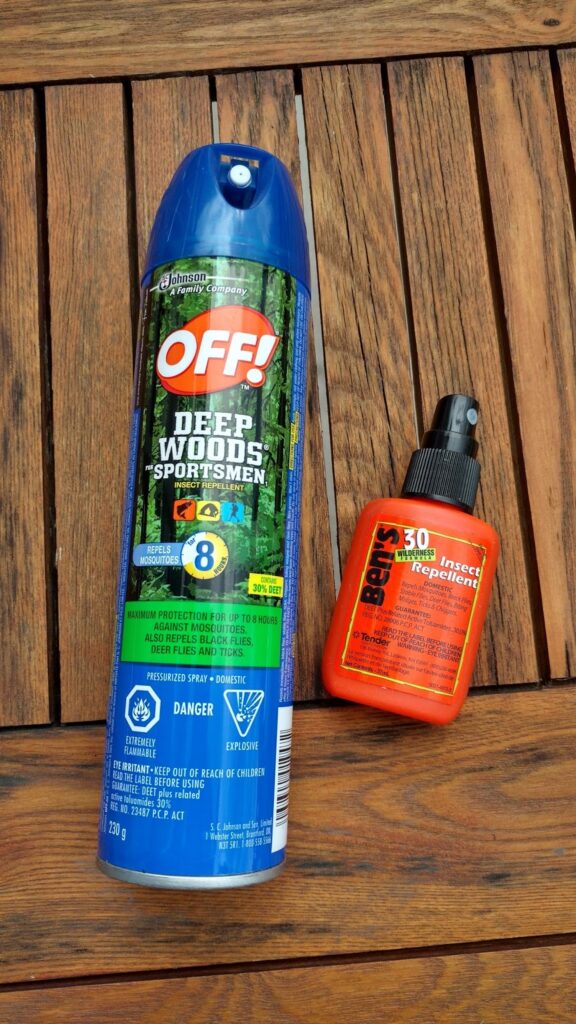
CAUTION: >10% DEET is not recommended for use by children less than 12 years old2. Cover kids up as much as possible and consider icaridin-based insect repellents for young children instead.
Note: DEET can dissolve plastics and synthetic clothing, so if you wear a lot of technical fabrics, we recommend icaridin-based insect repellents instead.
DEET Insect repellents should contain 20-30% DEET to protect against ticks:
- OFF! Deep Woods Region (25% DEET): Available at Amazon
- Ben’s 30% DEET Mosquito, Tick and Insect Repellent (30% DEET): Available at MEC and Amazon
- Mosquito Shield Wilderness Formula: Available at MEC
- OFF! Deep Woods Sportsman (30% DEET): Available at Walmart
- DEET lotion: Some brands contain parabens which are known endocrine disruptors, so we do not recommend these.
How to use: Spray on exposed skin, clothes including your hat and footwear, and backpack (unless you have pre-treated items with permethrin). Reapply as needed for maximum benefit, and reapply sooner if ticks are not being repelled.
Icaridin aka Picaridin Tick Repellents (available in Canada & US)

According to the Centre for Disease Control and Prevention (CDC), icaridin is an effective tick repellent3. Icardin is recommended “by the Public Health Agency of Canada’s Canadian Advisory Committee on Tropical Medicine and Travel for travellers six months to 12 years of age”4 – whereas DEET sprays in concentrations >10% are not advised for children under 12 years old. More advantages of Icaridin-based insect repellants are that they are less smelly, less less greasy than DEET, last up to 12 hours, and don’t dissolve plastics or synthetic materials.
According to Consumer Reports, pump types work better than aerosols, and the top performing picaridin insect repellent was Sawyers Picaridin with 20% Picaridin (available in the US only). In Canada, look for:
- PiActive Insect Repellent (pump bottle): Available at MEC, Canadian Tire, and Walmart
- PiActive DEET Free Airosol (CFC free) BOV Insect Repellent Spray: Available at MEC
- Ben’s Tick EcoSpray: Available at MEC and Walmart
- Ben’s Tick Repellent: Available at MEC
- Care Plus Anti-Insect 20% Icaridin Pump Spray: Available at Amazon.
- Kombat Mosquito Repellent Deet Free Pump Spray with Picaridin: Available at Amazon.
- Great Outdoors 20% Icaridin Pump Spray: Available at MEC and Amazon.
Permethrin Tick Repellents (available in US as gear spray, and in Canada for horses)
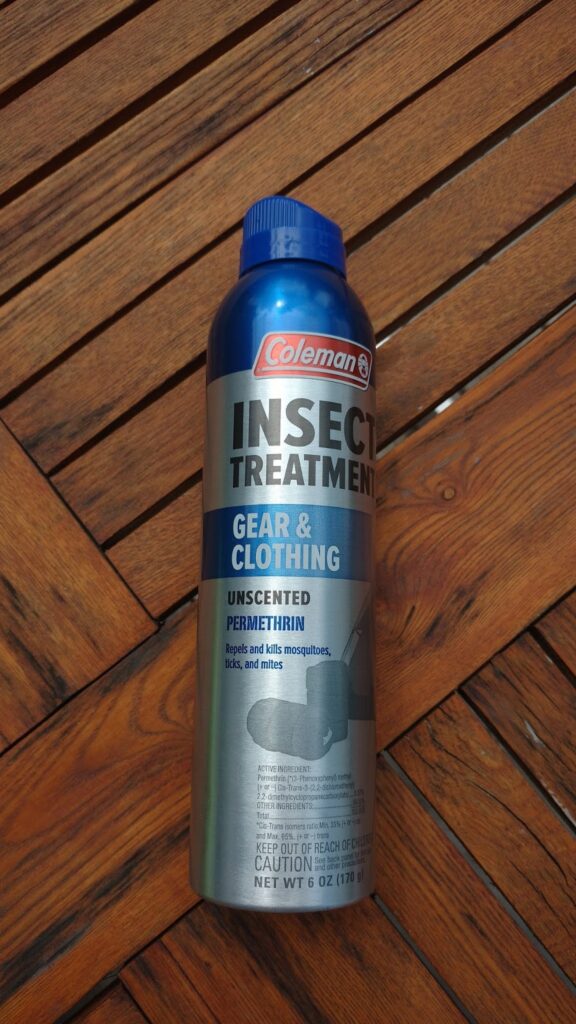
Tick repellents containing 0.5% permethrin are meant for pre-treating clothes, footwear and gear only. Permethrin kills ticks on contact, and lasts for several weeks and a few washings (varies by manufacturer) if applied properly. I usually pretreat my hat, hiking pants, backpack, and hiking boots twice a season.
CAUTION: Permethrin is extremely toxic when wet, and is only for garments and gear. NEVER put permethrin on your skin! Fortunately permethrin has very low toxicity when dry.
SAFETY TIPS:
– In Canada, permethrin is NOT approved for kids under the age of 16.
– If you have cats, read this NPR story about precautions to take to prevent harm to your pet. Permethrin is particularly dangerous to cats.
– Use 0.5% permethrin (it’s potent, so there’s no benefit in using a higher concentration)
– Spray gear/clothing outside on a calm day so you don’t inhale chemicals
– Let treated items dry completely before bringing them inside, and keep your children & pets away from treated items.
– Wash permethrin treated clothes separately from untreated clothes.

StopTicks.org recommends the following permethrin tick repellents (available in the US, not in Canada): Sawyer Permethrin, Repel Permethrin Clothing & Gear Insect Repellent Aerosol
, and Cutter Outdoorsman Gear Guard. Coleman Gear & Clothing Permethrin Insect Repellent Spray and Ultrathon Gear & Clothing Insect Repellent
are two other 0.5% permethrin sprays to consider.
IN CANADA, try horse tack shops for permethrin-based tick repellents and use with caution (see safety notes above and instructions below). Absorbine Ultra-Shield EX is available at The Horse Store on Kensington Road NW.
How to Pre-Treat Clothes with Tick Repellent
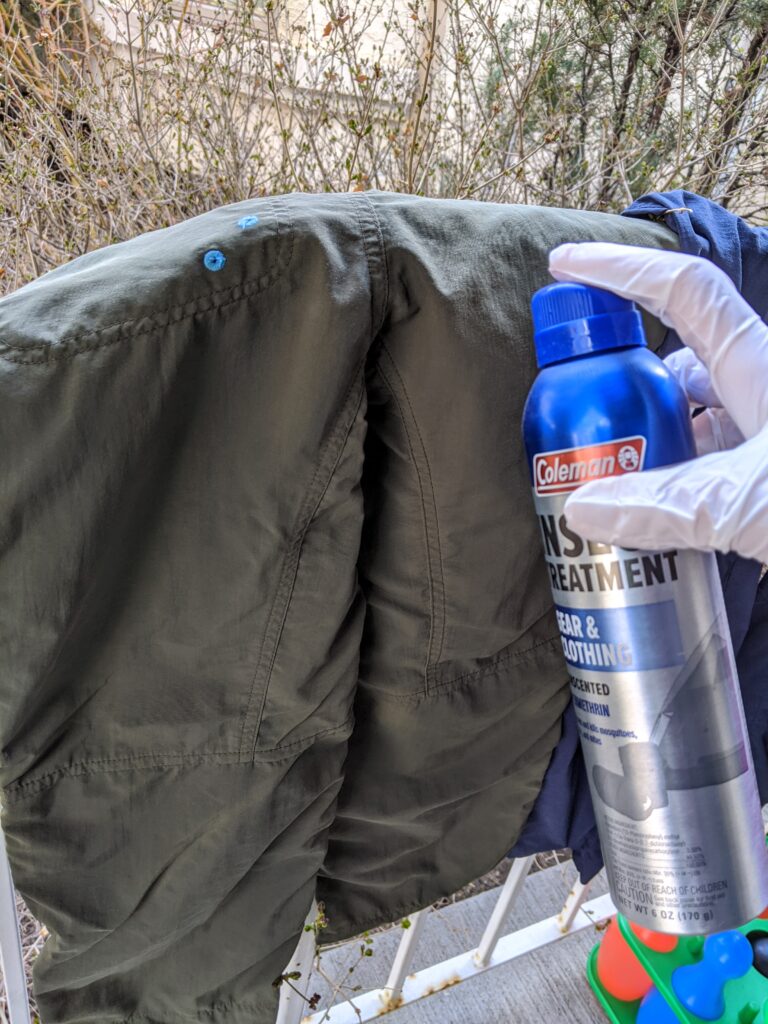
Safety Note: Permethrin is extremely toxic when wet. Spray clothes/footwear/gear on a calm day, away from pets and children, and avoid breathing in the spray.
To pretreat your clothes with 0.5% permethrin:
- Put disposable gloves on.
- Take hiking gear outside to spray it. Never apply permethrin to items you are currently wearing! Spray the outside of each item, then turn pants inside out and spray the lower legs (from the knee down) to prevent ticks from crawling up your pants. See Tick Encounter for more info.
- Leave items outside until they are completely dry. Permethrin is extremely toxic when wet, so DO NOT TOUCH / WEAR treated gear until it is completely dry.
Where to Apply Tick Repellent
Best practice is to spray the outside and inside of your pants legs with tick repellent4, but if you are trying to reduce chemical exposure, a) spray the outside only, b) wear gaiters (pretreated with permethrin or sprayed with tick repellent), or c) pull your socks up over your pant legs (to keep ticks out), then apply tick repellent.
Research shows that spraying your shoes and socks with tick repellent containing permethrin reduces the chance of ticks on footwear by 73.6 times (77.4% of ticks found were dead vs. only 2.4% on unsprayed footwear)5. DEET and icaridin insect repellents are effective, but don’t kill on contact like permethrin. Since ticks live near the ground, make it a habit to pre-treat or spray your footwear!
It’s also really important to spray your backpack, as it’s easy to pick up ticks every time you put your backpack down (it’s happened to us!).
Safety Notes
- Do not put insect repellent near your eyes, mouth, nose, or cuts/abrasions.
- Do not inhale insect repellent.
- If applying sunscreen and tick repellent, put sunscreen on first and let it sink into your skin for 20 minutes, then apply insect repellent6. This reduces the amount of insect repellent absorbed by your skin.
Tick Repellent (Permethrin-Treated) Clothing
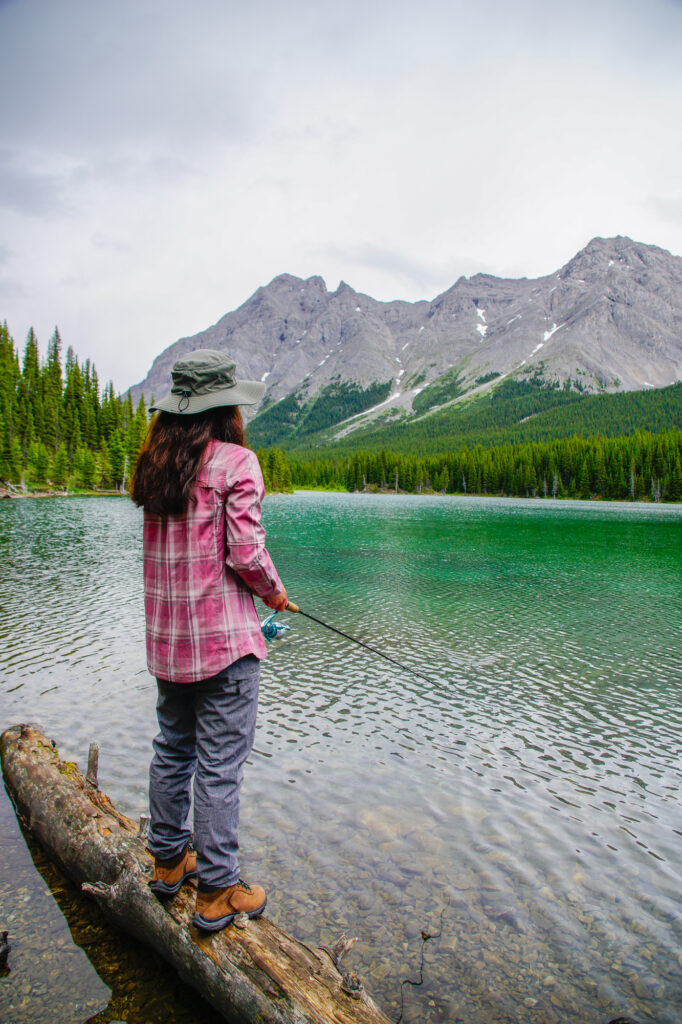


If you’d rather purchase permethrin-treated clothes, check out WindRiver Tick and Mosquito Repellent Clothing from Mark’s. I’ve tried a hat, shirt, and hiking pants from this line and found it to be high quality and effective. They pants and tops fit loose and are quite warm, since they are lined (to keep the permethrin off your skin), but shorts and short-sleeved tops are also available.
In Canada, permethrin-treated clothing is only approved for people over the age of 16.
Natural Remedies and essential oils?
The EPA has not tested most natural products for effectiveness, so it’s hard to know which work well against ticks. Many essential oils repel oils for short periods of time but they need to be reapplied every 15-20 minutes to protect you.
One product that has been EPA approved and shown to be effective (see study abstract here), is HOMS Bite Blocker BioUD Insect Repellent, which contains the active ingredient 2-undecanone from wild tomato plants. Unfortunately it is very difficult to fine online, and it only repels ticks for 2 hours, so you will need to reapply frequently.
Bottom Line
The most effective way to repel ticks is to use 20-30% DEET / 20% Icaridin insect repellent on your skin; and pre-treat clothes, backpacks, and footwear with 0.5% permethrin (note: permethrin is only approved for people over the age of 16). If you don’t have permethrin or don’t want to use it, spray your clothes, backpack, hat, and hiking boots with DEET or icaridin insect repellent.
More Tick Safety Tips
Even in town, you should cover up, use tick repellent, and do a tick check after spending time outside. “Lyme disease is present in most of Canada. Although Lyme infection is more common in rural areas, residents that live in urban areas are also at risk for infection. It is the migratory birds, robins and song sparrows etc. that bring this disease in each season.7”
For more ways to avoid tick bites, see my story: 10 tick safety tips for hikers.
Finally, be aware of the symptoms of Lyme disease and other illnesses carried by ticks. Lyme disease is very treatable if caught early (typical treatment is a course of antibiotics)! For more information on Lyme disease, please see CanLyme.com.
If you find a tick on you or near you in Alberta, submit it to an Alberta Health Services (AHS) Environmental Health Office. Details here: http://www.health.alberta.ca/health-info/lyme-disease.html. As of 2020, ticks will no longer be tested for Lyme Disease, so if you are concerned and have symptoms within a few weeks of being bitten by a tick, please see your family doctor as soon as possible. Ticks found on pets can be submitted to your veterinarian at no cost. More info here: https://www.alberta.ca/tick-surveillance.aspx
References
- www.cdc.gov/ticks/avoid/on_people.html
- www.cps.ca/documents/position/preventing-mosquito-and-tick-bites
- http://wwwnc.cdc.gov/travel/page/avoid-bug-bites
- www.cps.ca/documents/position/preventing-mosquito-and-tick-bites
- www.tickencounter.org/prevention/protect_yourself
- www.cps.ca/documents/position/preventing-mosquito-and-tick-bites
- CanLyme.com

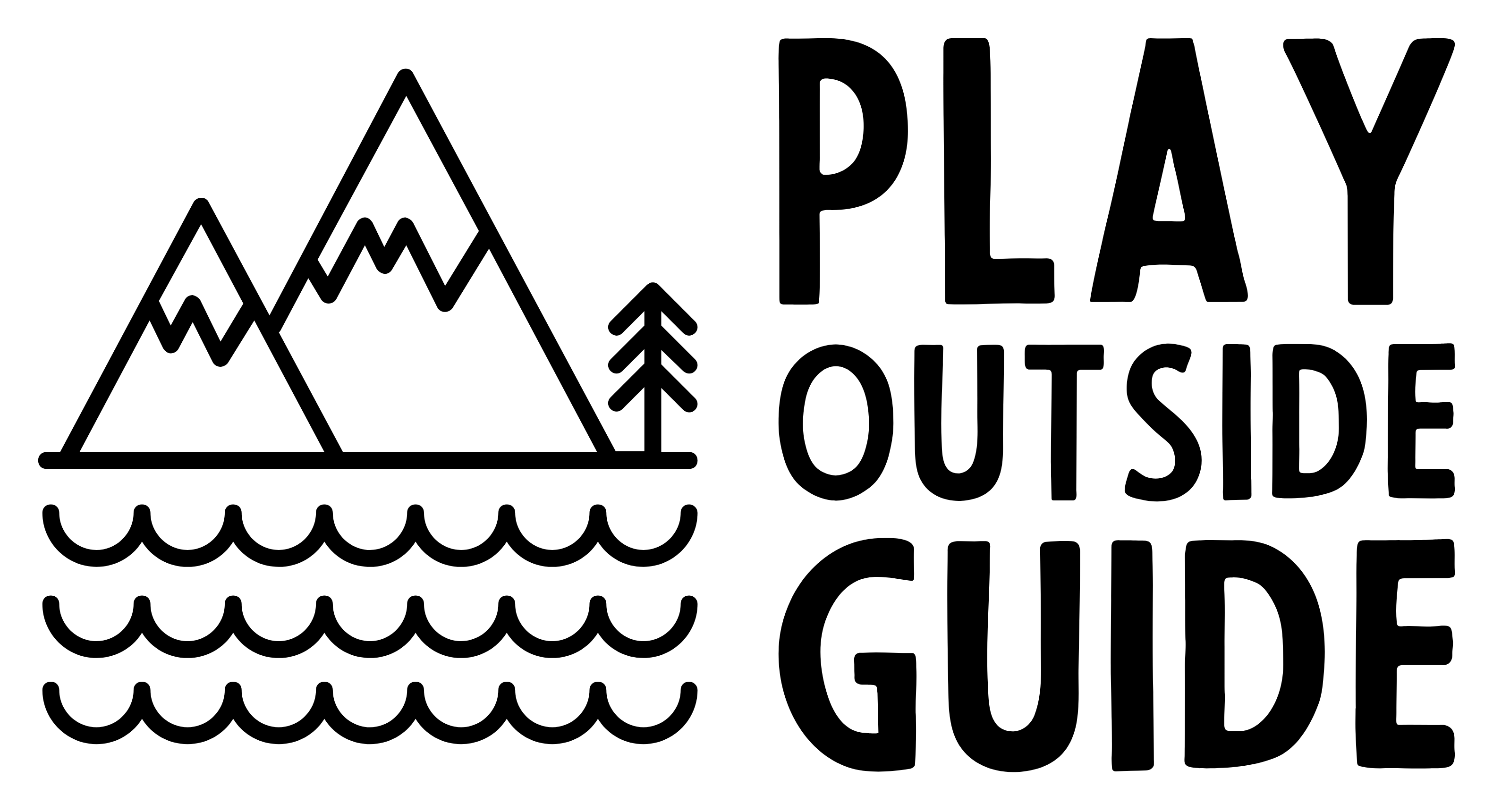





2 comments
Hope it helps, Suzi! I want people to keep adventuring and stay safe!
Thanks for posting useful information about ticks, repellent and Lyme disease that allows us to continue to explore the great outdoors.
Comments are closed.